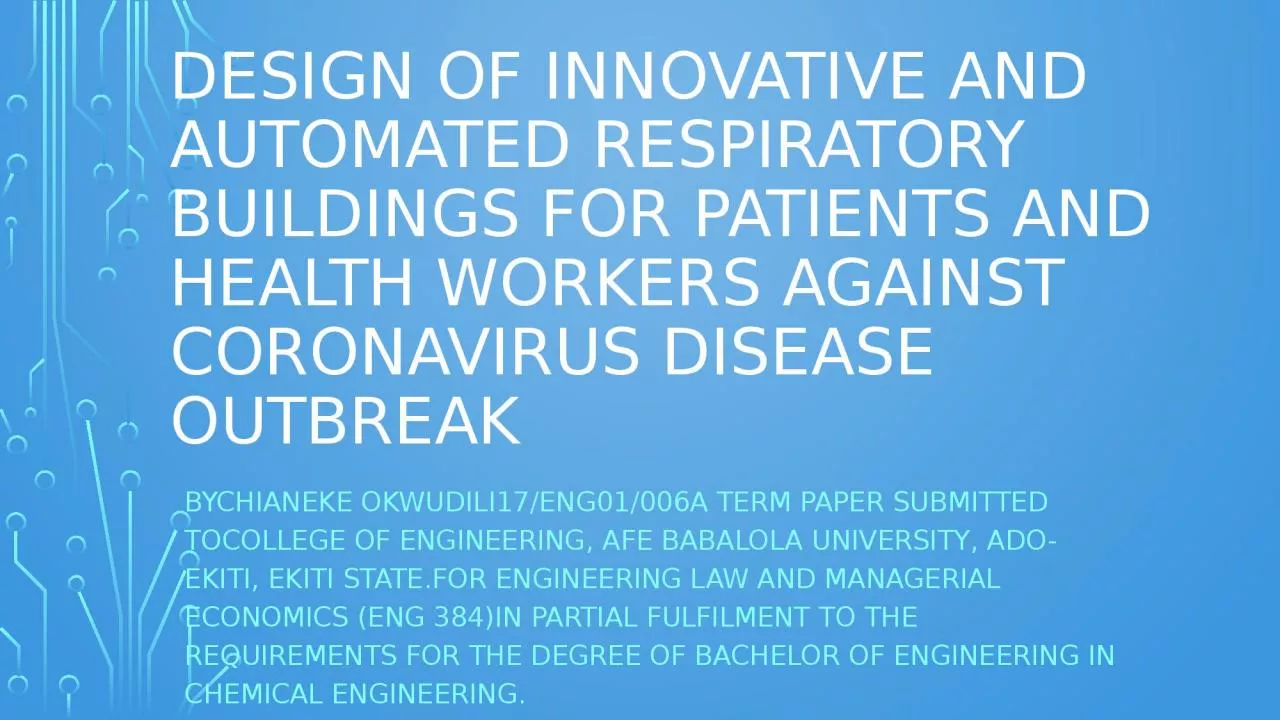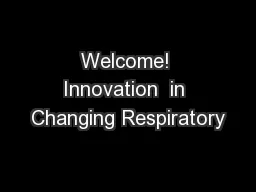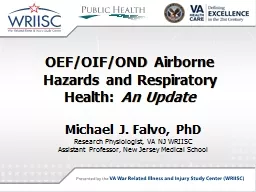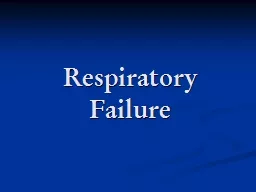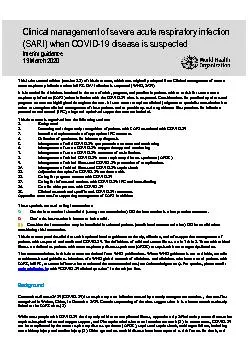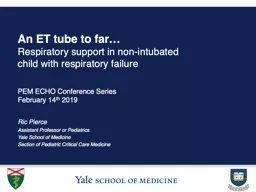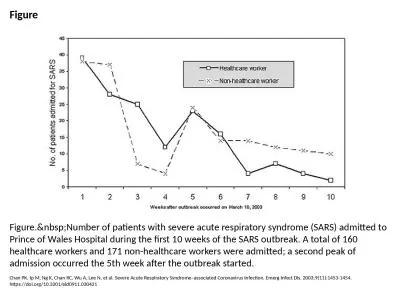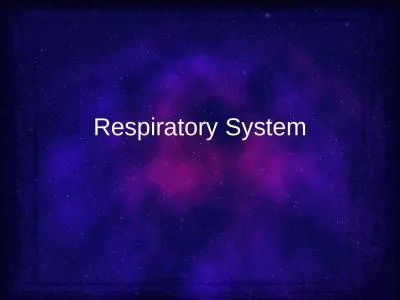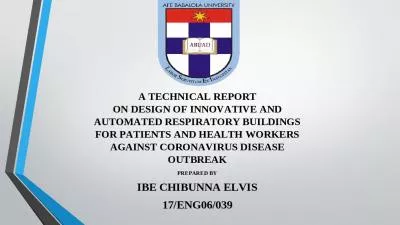PPT-DESIGN OF INNOVATIVE AND AUTOMATED RESPIRATORY BUILDINGS FOR PATIENTS AND HEALTH WORKERS
Author : cady | Published Date : 2024-02-09
BYCHIANEKE OKWUDILI17ENG01006A TERM PAPER SUBMITTED TOCOLLEGE OF ENGINEERING AFE BABALOLA UNIVERSITY ADOEKITI EKITI STATEFOR ENGINEERING LAW AND MANAGERIAL ECONOMICS
Presentation Embed Code
Download Presentation
Download Presentation The PPT/PDF document "DESIGN OF INNOVATIVE AND AUTOMATED RESPI..." is the property of its rightful owner. Permission is granted to download and print the materials on this website for personal, non-commercial use only, and to display it on your personal computer provided you do not modify the materials and that you retain all copyright notices contained in the materials. By downloading content from our website, you accept the terms of this agreement.
DESIGN OF INNOVATIVE AND AUTOMATED RESPIRATORY BUILDINGS FOR PATIENTS AND HEALTH WORKERS: Transcript
Download Rules Of Document
"DESIGN OF INNOVATIVE AND AUTOMATED RESPIRATORY BUILDINGS FOR PATIENTS AND HEALTH WORKERS"The content belongs to its owner. You may download and print it for personal use, without modification, and keep all copyright notices. By downloading, you agree to these terms.
Related Documents

